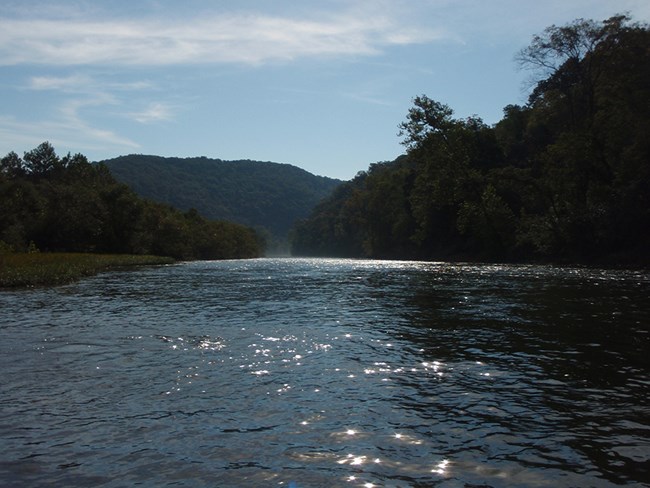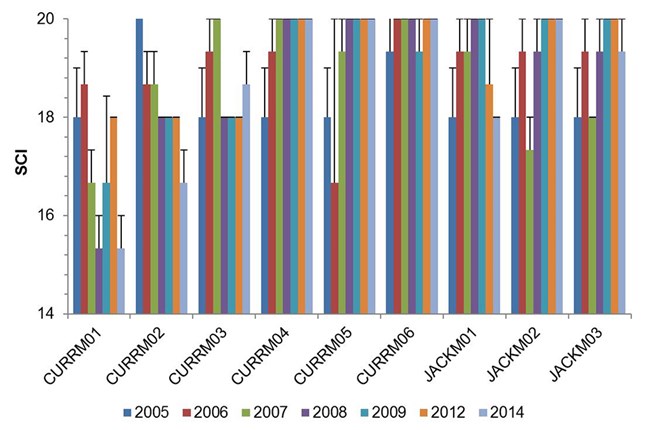Last updated: October 8, 2020
Article
Aquatic Invertebrate Monitoring at Ozark National Scenic Riverways

NPS-Photo

NPS
More than 100 different types of invertebrates have been found in the springs and most of them are environmentally sensitive. Currently, the springs are high quality environments. More monitoring may allow insight into trends occurring in the springs.
View the Full Report. (pdf)
Learn more about the Heartland Inventory & Monitoring Network.
Data in this report were collected and analyzed using methods based on established, peer-reviewed protocols and were analyzed and interpreted within the guidelines of the protocols.
Learn more about the Heartland Inventory & Monitoring Network.
Data in this report were collected and analyzed using methods based on established, peer-reviewed protocols and were analyzed and interpreted within the guidelines of the protocols.
